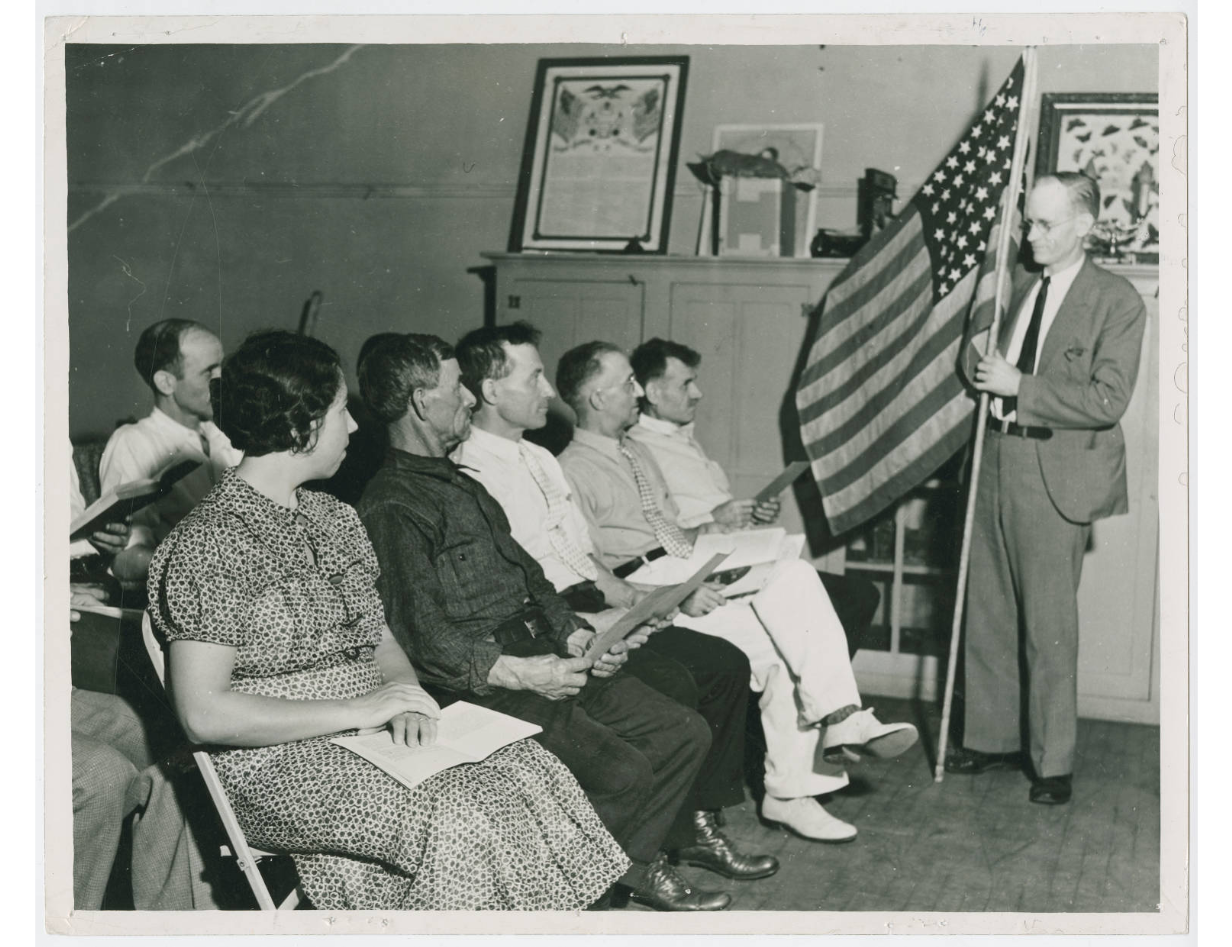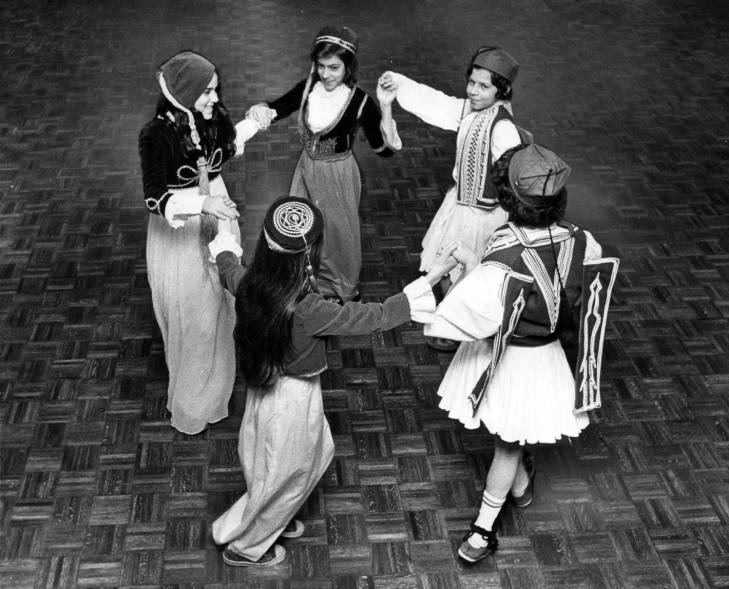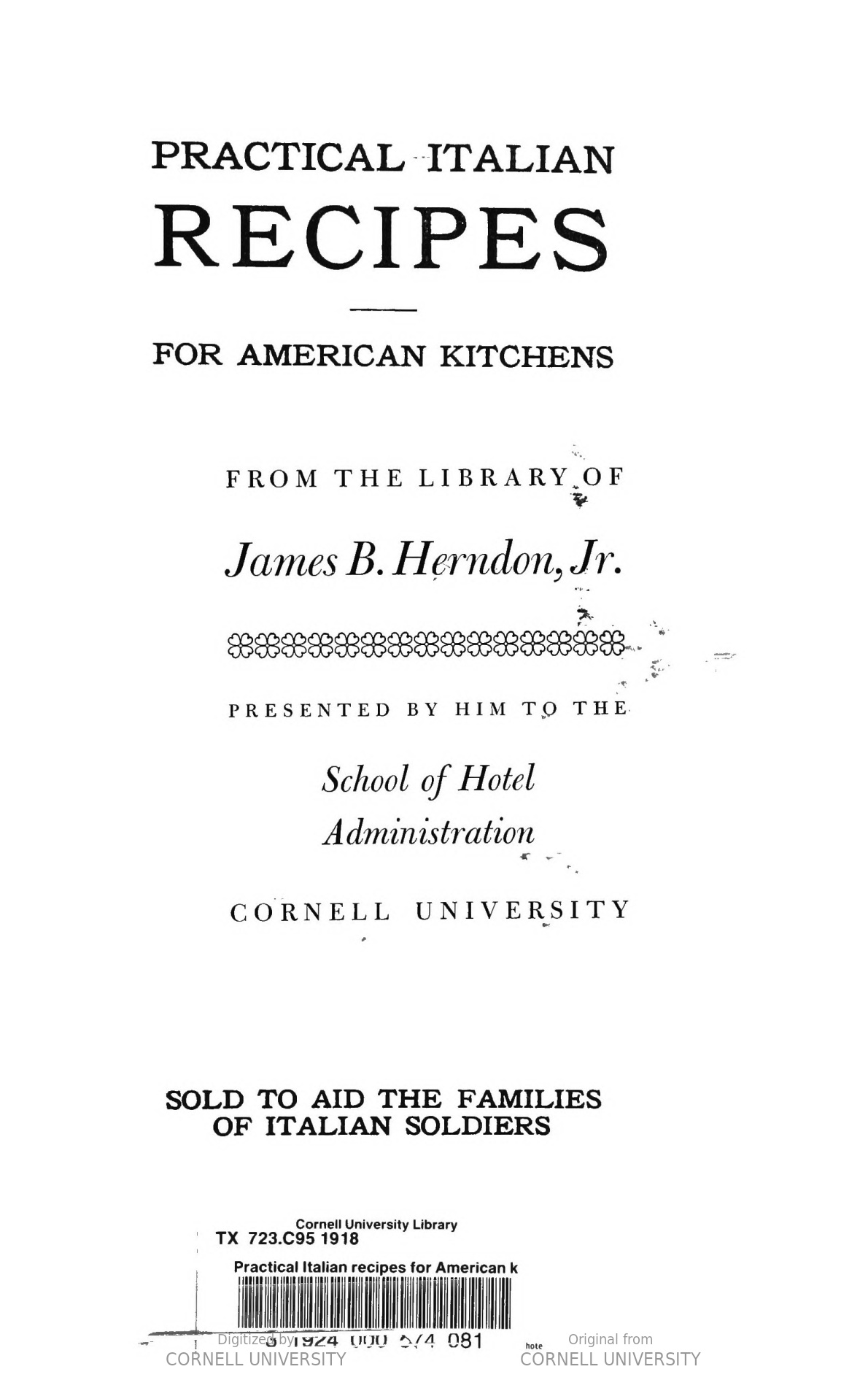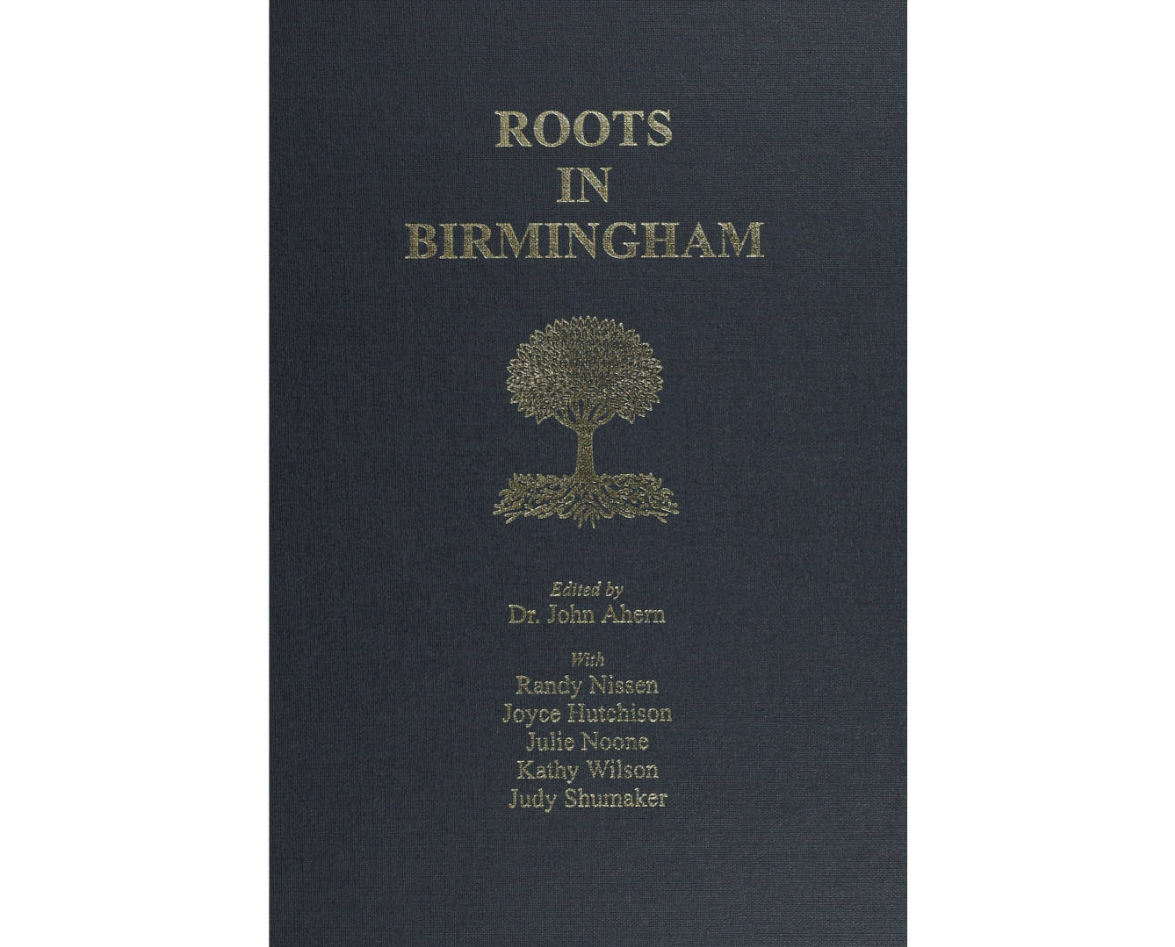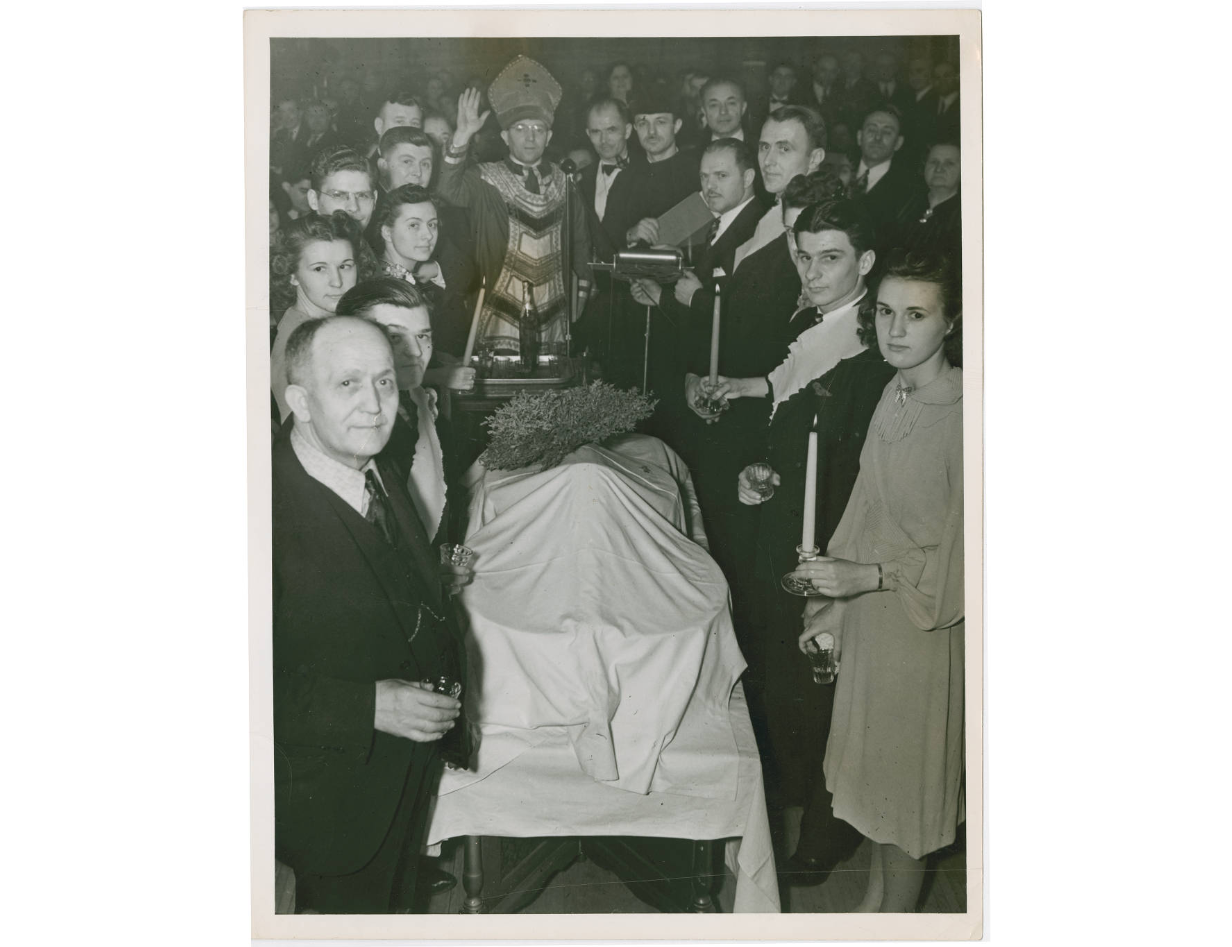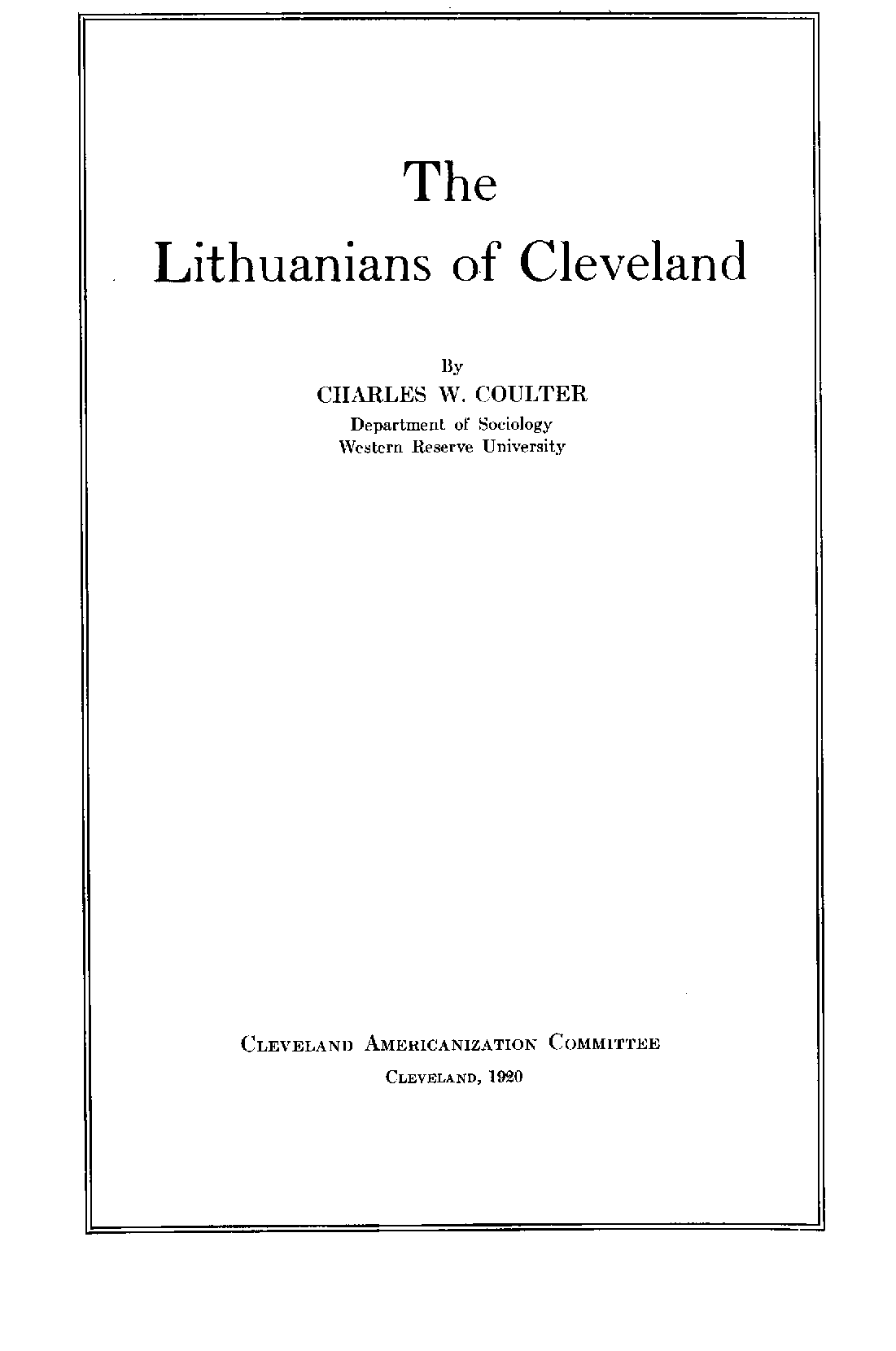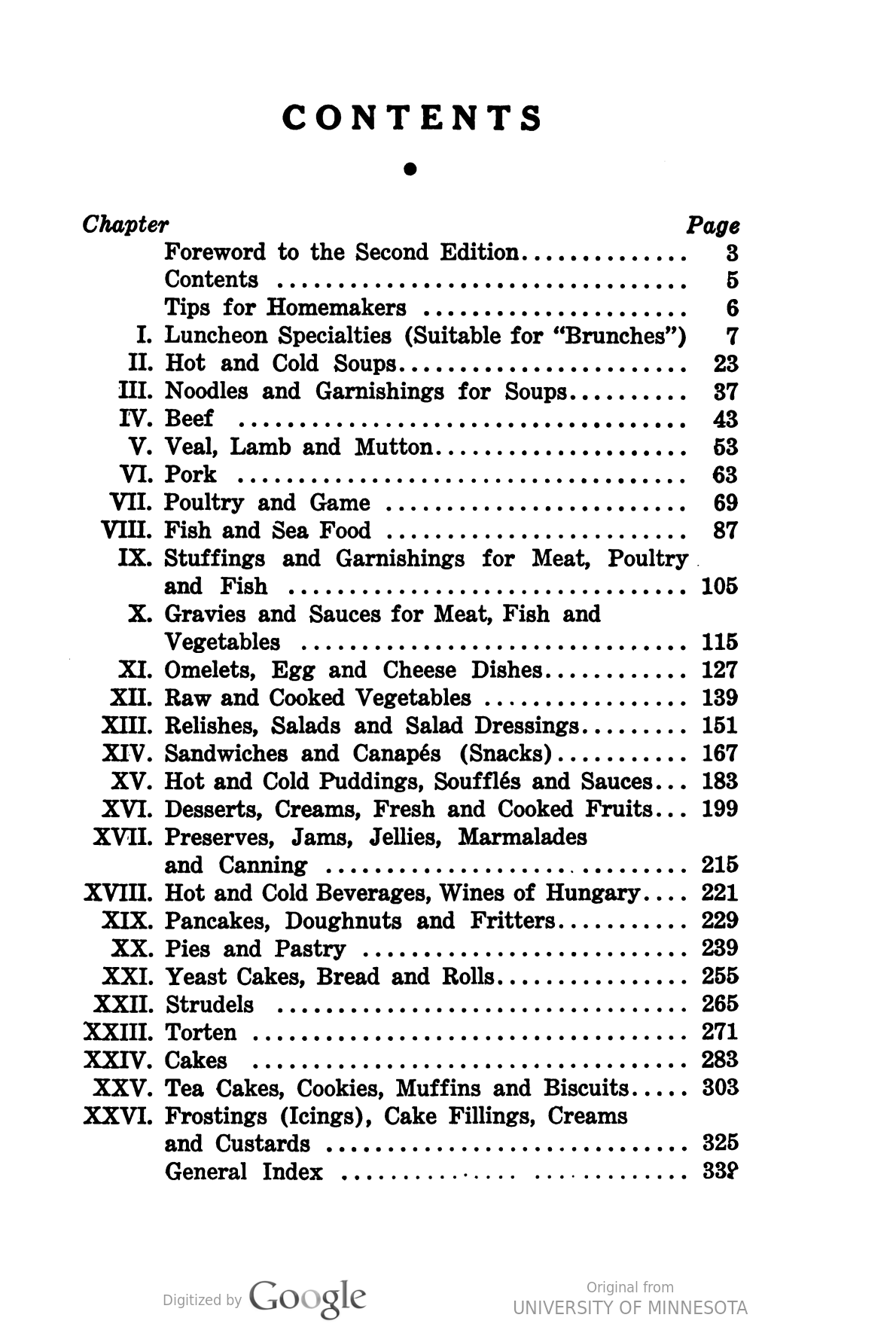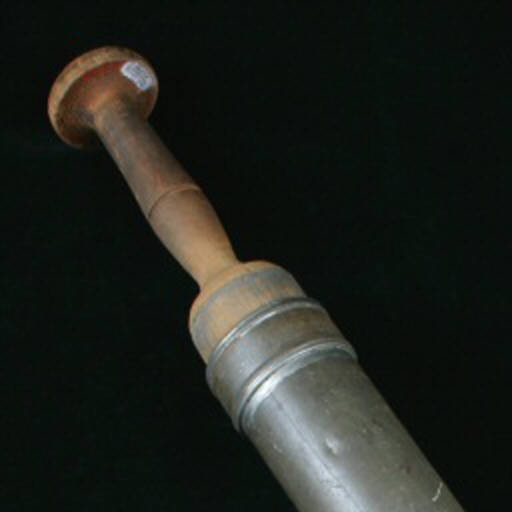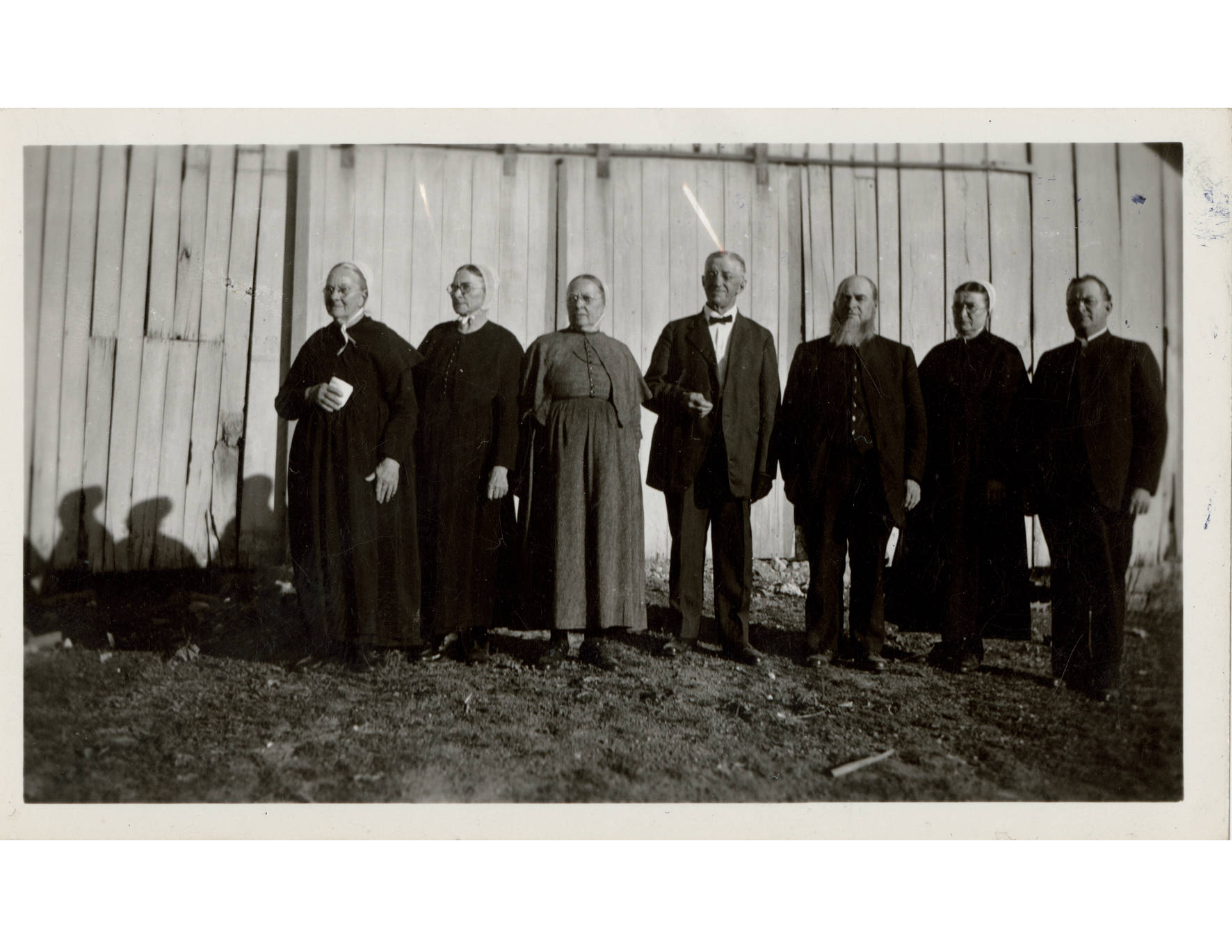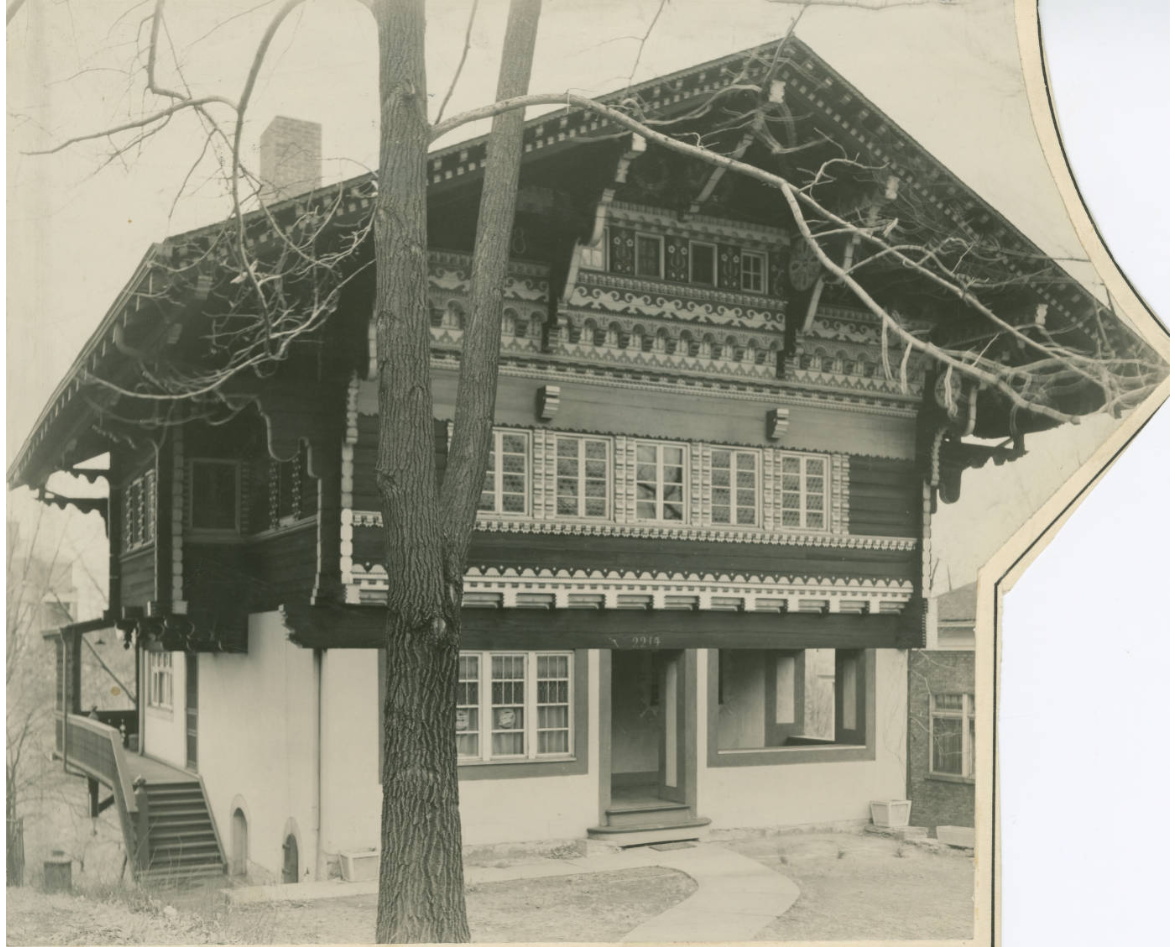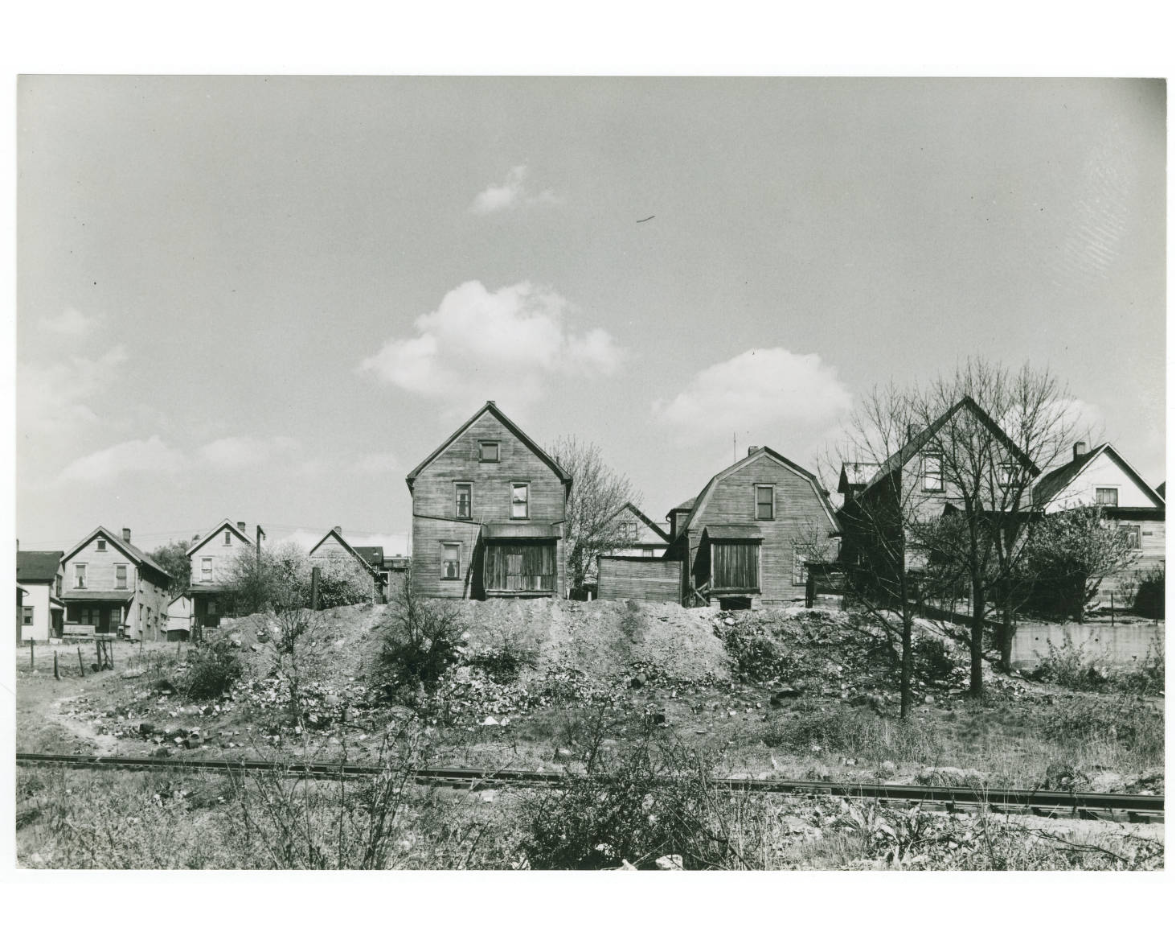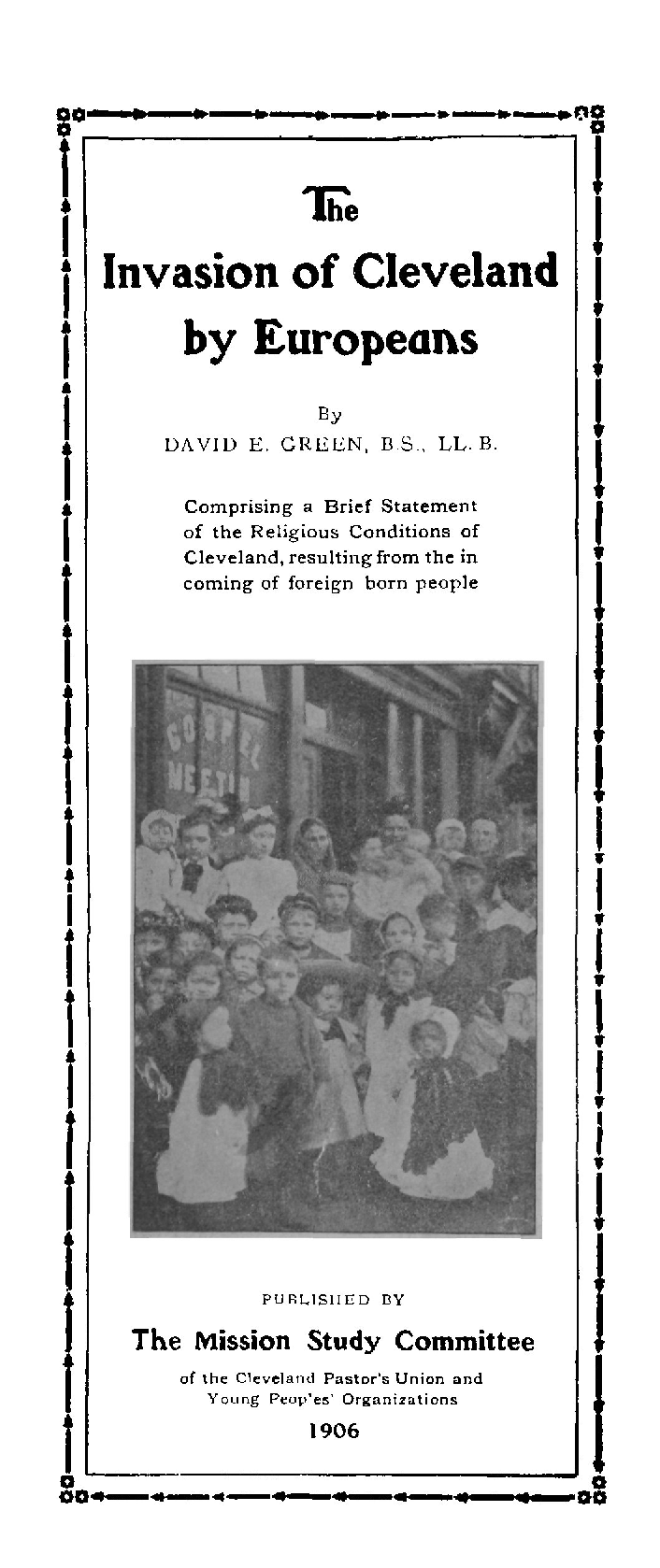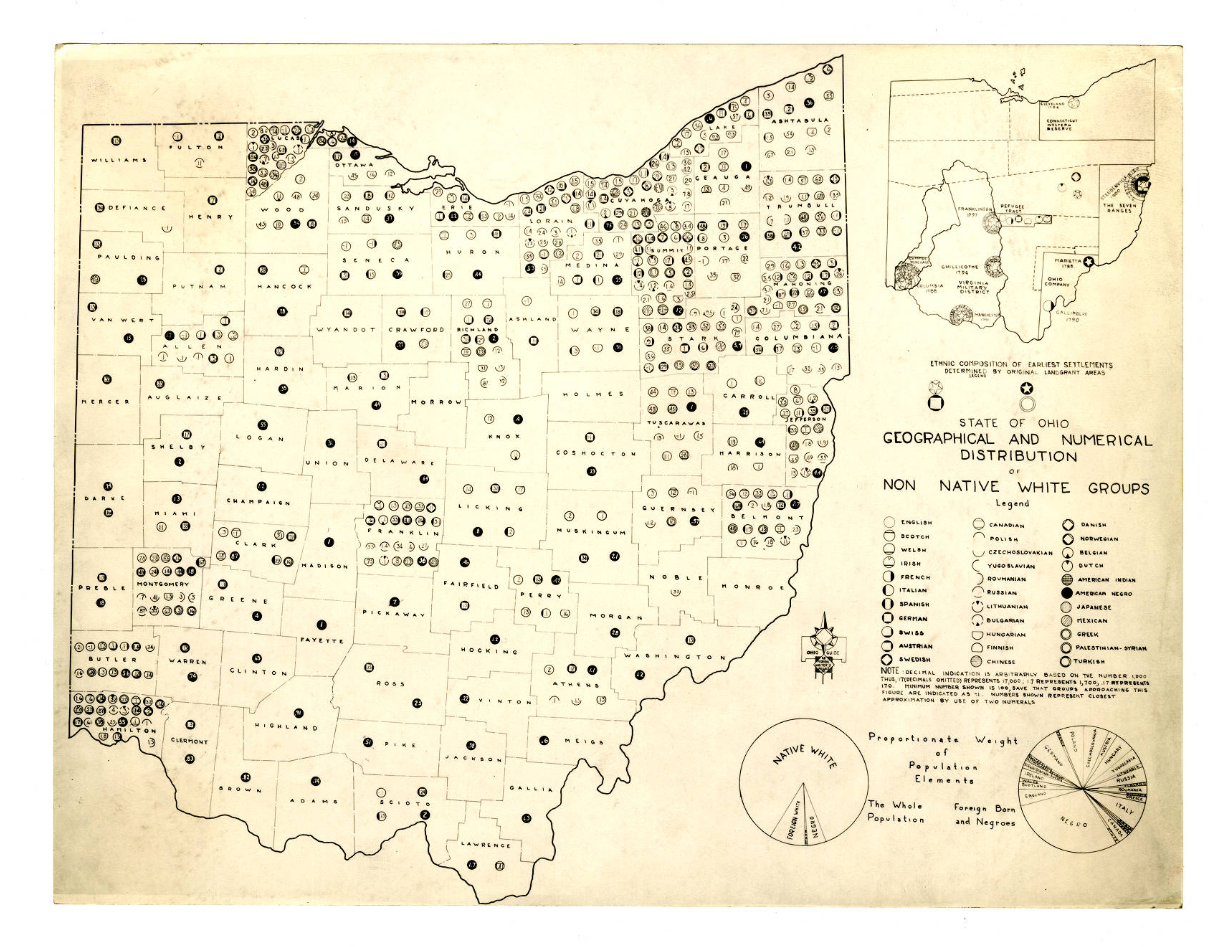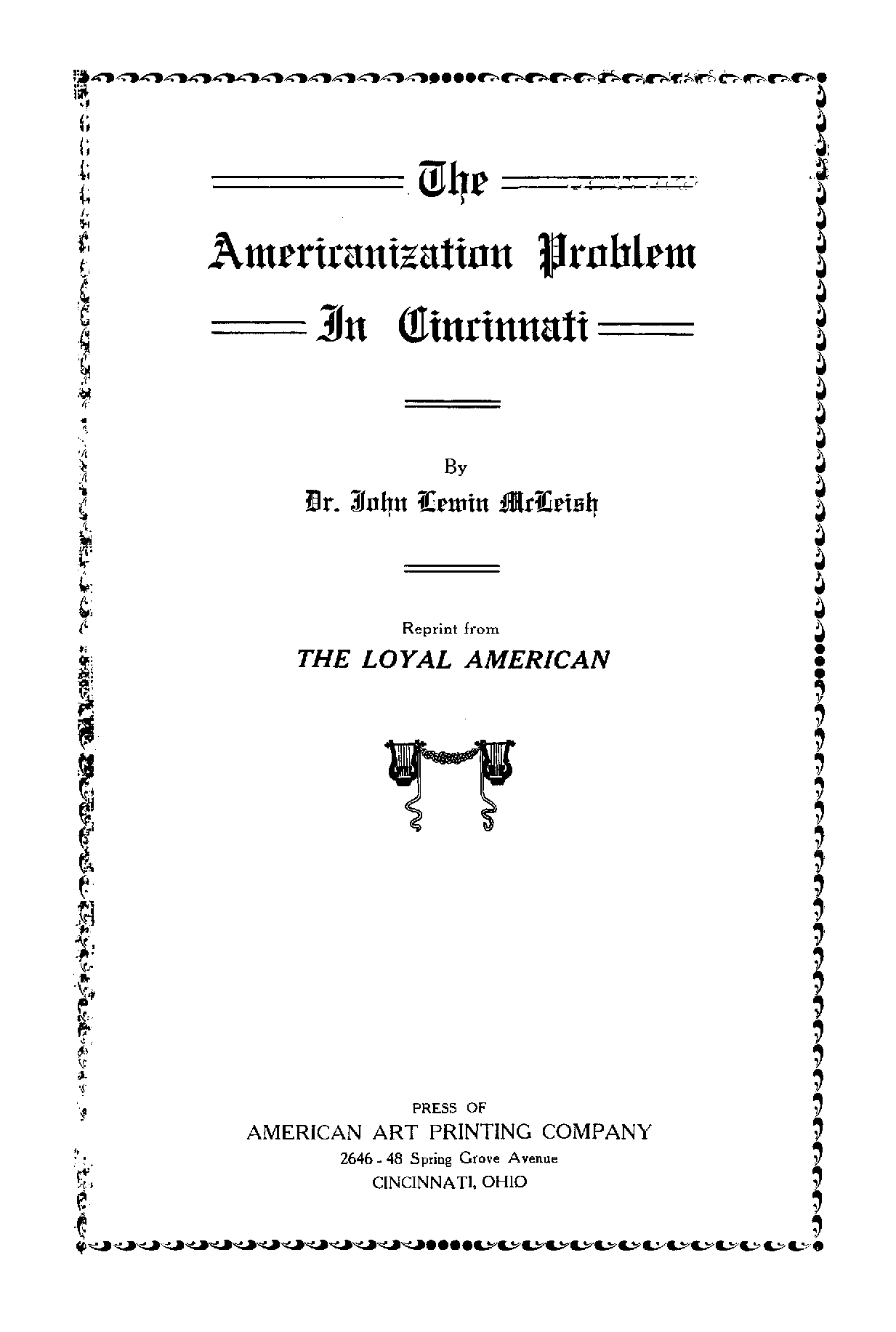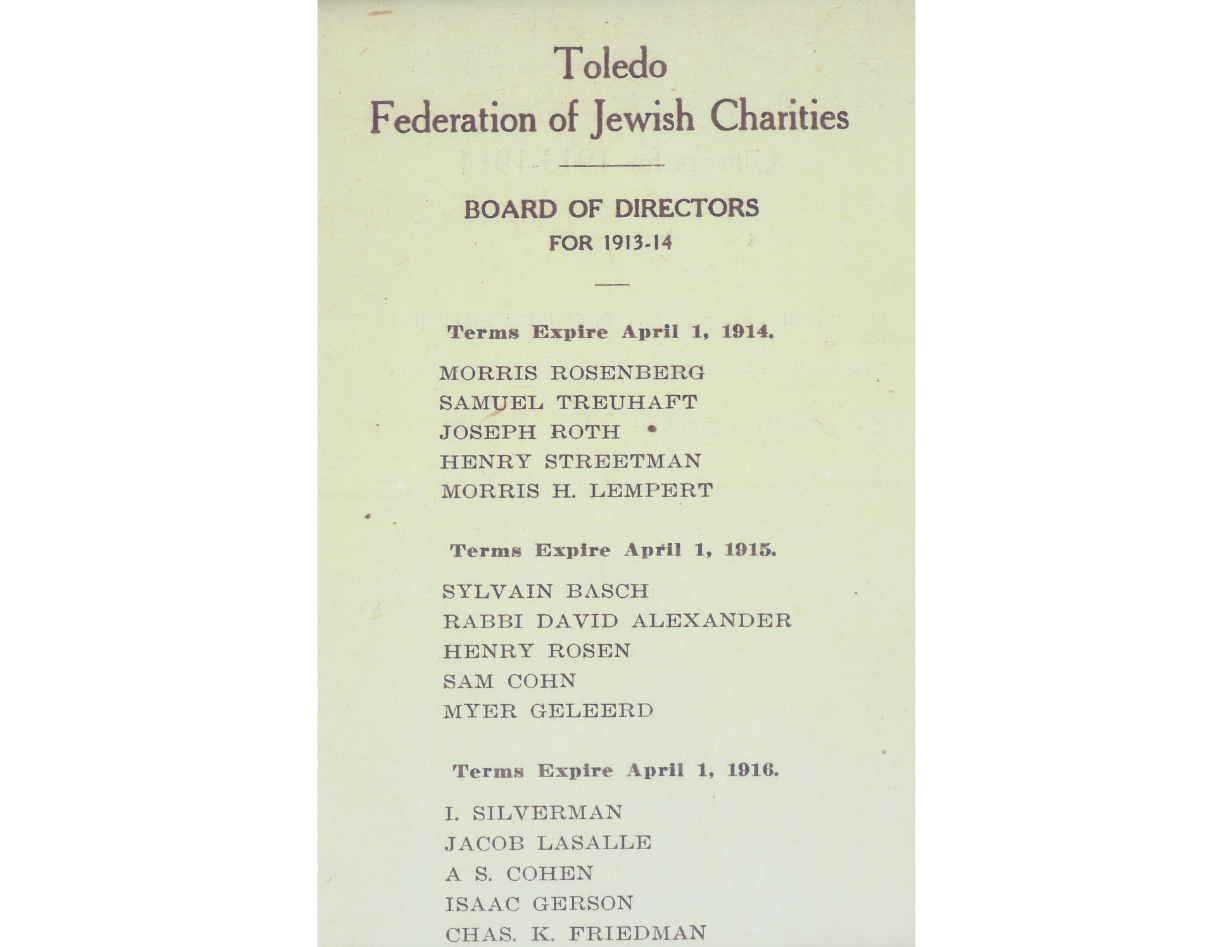Historic Ethnic Groups in Ohio
Module Overview
- Topic: Historic Ethnic Groups of Ohio
- Time Period: Late 1800s/early 1900s
- Keyword(s): Ethnic groups, immigrants, Italians, Greeks, Germans, Swiss, Polish, Lithuanian, Hungarian, Czechoslovakian, Irish, Jewish
- Grade Level(s): Grades 4-9
- Learning Standard(s): High School American History; Grade 8 History 2 (North America, originally inhabited by American Indians, was explored and colonized by Europeans for economic and religious reasons.); Grade 4 Geography 13 (The population of the United States has changed over time, becoming more diverse – e.g., racial, ethnic, linguistic, religious. Ohio’s population has become increasingly reflective of the multicultural diversity of the United States).
Ohio boasts a rich, multi-ethnic history. People from several different cultures came to settle in Ohio for various reasons. Families tended to arrive in waves, joining their relatives who had preceded them in emigrating.
The various ethnicities who arrived in Ohio maintained their traditions by making roots in individual ethnic neighborhoods of large cities or areas within specific counties. Immigrants sought a life where they could practice their religions freely with one another. Ethnic foods were still made and sold for each other, providing fond memories of the lands the immigrants left behind.
Immigrants also brought their unique talents, such as glass-blowing and candy-making. Some specific examples included in this primary source set are Toledo, Ohio, which boasts a large Polish heritage. Cleveland, Ohio, likewise, saw many Eastern Europeans choosing its city as their new home. While thousands of Germans often chose rural areas throughout Ohio as their new residence, they also settled in Cincinnati, Columbus and Cleveland. In fact, at the beginning of the 20th century, at least 50 percent of Cleveland residents were German.
Over 75 percent of Cleveland’s population was foreign born by 1900. In addition to first-hand accounts of the immigrants’ own experiences moving to the United States, this source set also includes the U.S. citizens’ opinions and response to the influx of foreign-born people.
- Italian & Greek-Americans
- Eastern-European-Americans
- German & Swiss-Americans
- Scandinavian-Americans
- Irish-Americans
- Response to Immigrants by Americans
After the primary source items, you will find an Additional Resources list and a Teaching Guide that includes discussion questions and classroom activities.
Ethic Group Set Sections And Materials
Italian & Greek Americans
Emilio Fabrizi Interview
South Side Settlement House: Reverse
Greek Folk Dance
Practical Italian recipes for American kitchens
Eastern-European-Americans
Jeanette Czajka interview
Roots in Birmingham
Burying the Fiddle Ceremony
Lithuanians in Cleveland
Hungarian-American cookbook; culinary gems from world-famous Hungarian recipes, especially adapted to American tastes
German & Swiss-Americans
Sausage Stuffer
Dunkards, Group of 7
Fisher House in Walnut Hills
Scandinavian-Americans
Sten Westlund interview
Irish-Americans
Housing in Akron
Garfield-Invincible L.O.L. Badge
Peter Hamill interview
Response to Immigrants by Americans
Invasion of Cleveland by Europeans
Ethnic composition of Ohio Map
Americanization Problem of Cincinnati
Contributed by the Public Library of Cincinnati and Hamilton County
Founding of the Toledo Jewish Foundation
Additional Resources
- U.S. Citizenship & Immigration Services – Website of the U.S. Citizenship & Immigration Services. Provides information on immigration laws, the naturalization test and citizenship requirements. This is also where an immigrant can apply online to begin the citizenship process, acquire a passport or green card, find doctors and check on their citizen status.
- Charts of the Week: Facts about Immigration – 12 economic facts compiled and charted by the Hamilton Project. The Brookings Institution is a non-profit public policy organization in Washington D.C.
- Immigration Timeline – Explains how immigrant to the United States has changed over time. There is also a link to search for ancestors who may have arrived at Ellis Island from their country of origin.
- Calendar of Ethnic Holidays – Wake Forest University American Ethnic Studies Department. A list of common holidays celebrated in the United States with the religion or country where they originated in parenthesis.
Teaching Guide
This guide will serve to outline some possible ways to interact with the digital content and has suggestions to have students pull information from the examples listed above.
Discussion Questions
- Describe some ways that immigrants retain their culture and traditions after they arrive in America. Why do you think retaining these celebrations were so important to them?
- How does assimilation to America differ today than 100 years ago?
- Are you multi-cultural or do you know someone who celebrates their ethnic heritage? Please share these traditions.
- What are some of your family’s unique traditions, especially during the holidays? If you aren’t sure, ask your family members to describe some celebrations that have been passed down from prior generations.
Download Discussion Questions (PDF)
Classroom Activities
- Listen to one of the three featured interviews. Share five interesting facts you learned in this interview.
- Imagine you’re an immigrant to another country. What are some American traditions you might want to continue?
- Pick a country covered in this lesson and explore its ethnic foods, clothing and music.

